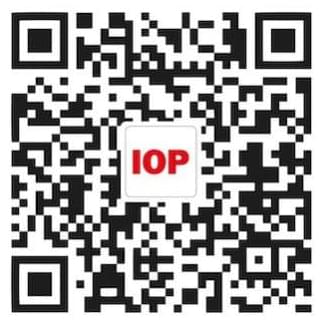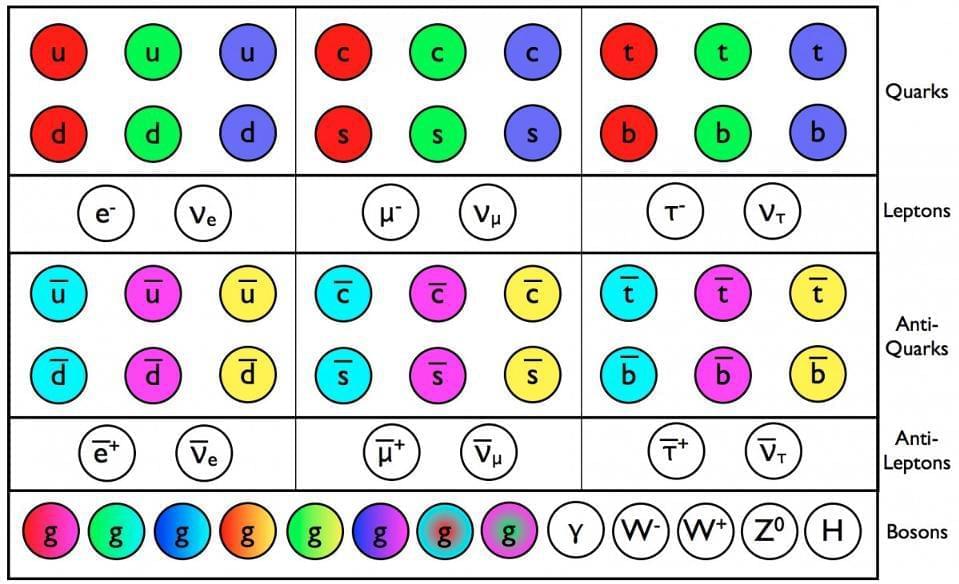NOTE on Aut-generated English caption: in 1:08–1:12, auto-generated English caption says “Inner Dilemma” but actually it is “Yoneda lemma”(Thanks Junko and M…
Get the latest international news and world events from around the world.
7.3 Global Workspace Theory
Global Workspace Theory (GWT)Information Integration Theory (IIT)
Dennett’s Multiple Drafts Theory of Consciousness
According to the philosopher and cognitive scientist Daniel Dennett, a conscious state is a brain state that is spread out in both space and time. It is spread out in the brain across multiple instances of what Dennett calls “content fixations.” These content fixations are the “multiple drafts” in the theory’s name. Each of these drafts compete for domination in the cognitive system. This domination is what Dennett calls “fame in the brain.” Read more about it here: http://www.scholarpedia.org/article/M…
#philosophyofmind
Is there a solution to the Mind-Body promlem? Daniel Dennett
Daniel Dennett thinks that the Mind-Body problem has a solution. And moreover it’s not a specific or \.
A Huge Cosmology Problem Might Just Have Disappeared
Take courses in science, computer science, and mathematics on Brilliant! First 30 days are free and 20% off the annual premium subscription when you use our link ➜ https://brilliant.org/sabine.
The rate at which the universe is currently expanding is known as the Hubble Rate. In recent years, different measurements have given different results for the Hubble rate, a discrepancy between theory and observation that’s been called the “Hubble tension”. Now, a team of astrophysicists claims the Hubble tension is gone and it’s the fault of supernovae data. Let’s have a look.
Paper: https://iopscience.iop.org/article/10…
🤓 Check out my new quiz app ➜ http://quizwithit.com/
💌 Support me on Donorbox ➜ https://donorbox.org/swtg.
📝 Transcripts and written news on Substack ➜ https://sciencewtg.substack.com/
👉 Transcript with links to references on Patreon ➜ / sabine.
📩 Free weekly science newsletter ➜ https://sabinehossenfelder.com/newsle…
👂 Audio only podcast ➜ https://open.spotify.com/show/0MkNfXl…
🔗 Join this channel to get access to perks ➜
/ @sabinehossenfelder.
🖼️ On instagram ➜ / sciencewtg.
#science #sciencenews #cosmology


How to Put a Data Center in a Shoebox
One way to manage the unsustainable energy requirements of the computing sector is to fundamentally change the way we compute. Superconductors could let us do just that.
Superconductors offer the possibility of drastically lowering energy consumption because they do not dissipate energy when passing current. True, superconductors work only at cryogenic temperatures, requiring some cooling overhead. But in exchange, they offer virtually zero-resistance interconnects, digital logic built on ultrashort pulses that require minimal energy, and the capacity for incredible computing density due to easy 3D chip stacking.
Are the advantages enough to overcome the cost of cryogenic cooling? Our work suggests they most certainly are. As the scale of computing resources gets larger, the marginal cost of the cooling overhead gets smaller. Our research shows that starting at around 10 16 floating-point operations per second (tens of petaflops) the superconducting computer handily becomes more power efficient than its classical cousin. This is exactly the scale of typical high-performance computers today, so the time for a superconducting supercomputer is now.


The dangerous illusion of AI consciousness
The illusion of AI consciousness: why gpt-4o and other chatbots are not conscious.
• Shannon Vallor, an AI expert and contributor to DeepMind, discusses the latest developments in generative AI, particularly OpenAI’s GPT-4o model, and warns of the dangers of the illusion of artificial consciousness.
…
AI expert and DeepMind contributor Shannon Vallor explores OpenAI’s latest GPT-4o model, based on the ideas of her new book, ‘The AI Mirror’. Despite modest intellectual improvements, AGI’s human-like behaviour raises serious ethical concerns, but as Vallor argues, AI today only presents the illusion of consciousness.